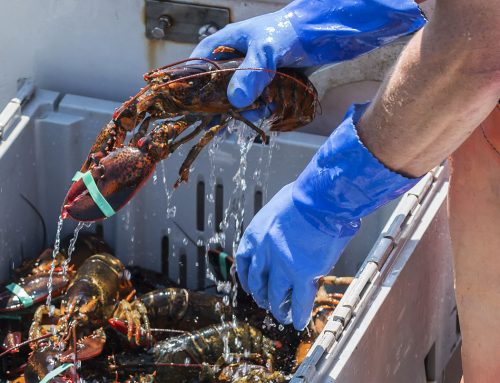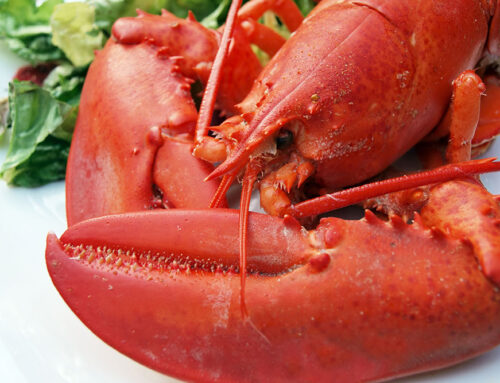Dating back over 100 years ago, the lobstermen of Maine realized they had to protect their way of life by putting regulations into place.
In 1872, a state law was passed to protect female lobsters that were egg-bearing. The goal was to keep the lobster population from being wiped out. Since that time, many other regulations have been put in place to maintain the health of Maine’s lobster industry. Lobstermen need to bear in mind a host of rules that will ensure that the industry continues to be sustainable.
Any lobsterman in Maine worth his salt knows the size regulations for lobster. If a catch is more than five inches from the eye to where the tail begins or less than three and a quarter inches, it has to be released. This is a good way to protect lobster that need to grow and those that are excellent breeders. Fishermen always have a gauge with them to take accurate measurements.
Females are a Priority
When lobstermen catch females and there are visible signs of eggs on the tail, the lobster must have its tail notched before it is released. Any time a lobster is caught with a notched tail, it must be sent back to ensure females will continue to make additions to the lobster population.
While fishermen enjoy the privilege of fishing throughout the year and they don’t have to limit how many lobster they catch, Maine has set a limit on the number of traps that can be placed in the ocean. There are special limits placed in lobster fishing zones.
If anyone wants to fish for lobster in Maine, traps are the only method that is allowed. There are even regulations concerning traps, such as a biodegradable hatch that will allow lobsters to escape if the trap is lost at sea.
A Seed Fund Keeps Up a Healthy Population
Thanks to the Maine Lobster Seed Fund, females that release eggs after they’ve been captured are sent back to the sea. The goal is to ensure that the lobster industry in Maine will continue to be a thriving livelihood for future generations. Anyone who wants to join in must apprentice with an established lobsterman in order to learn state regulations. Maine sets a limit on the number of licenses that are allowed each year to avoid an excess amount of lobster catches.










